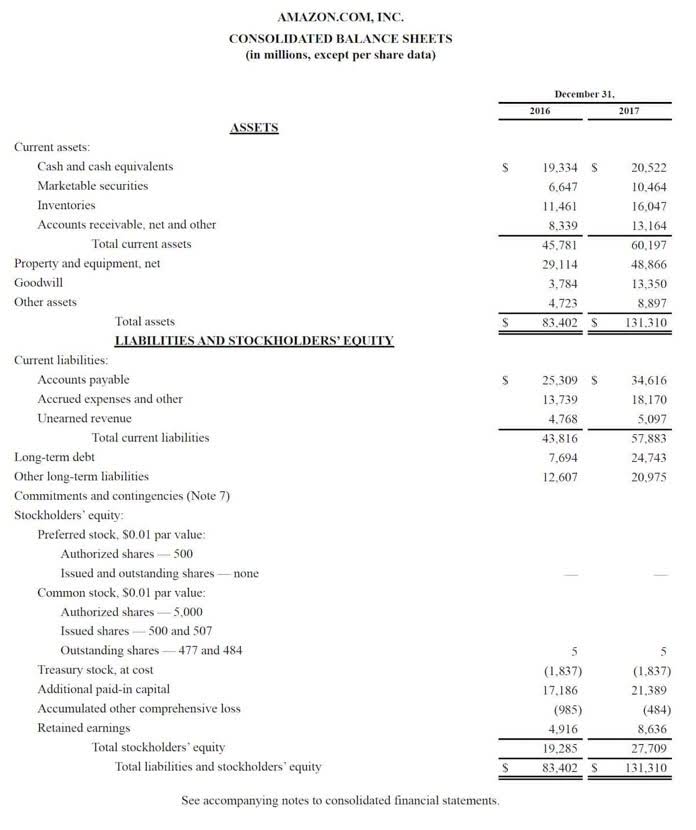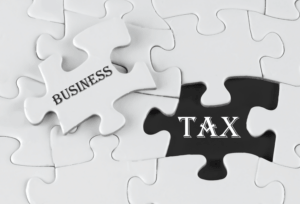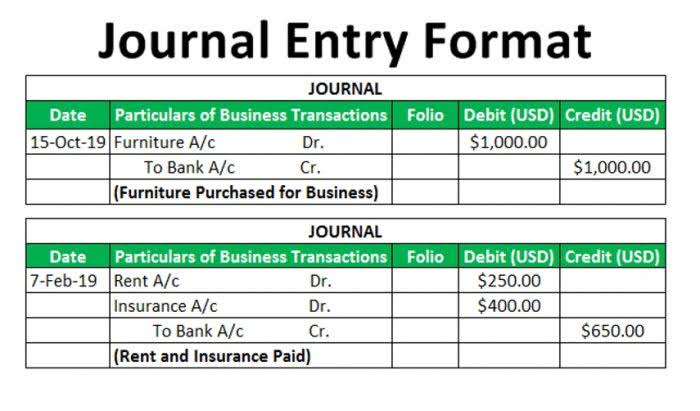
By breaking down equity into its individual components, it provides a clearer picture of the ways revenue, expenses and distributions interact with assets and liabilities. This approach highlights the interconnected nature of financial transactions and supports more detailed analysis of a business’s financial health and performance over time. Retained earnings evolve throughout an accounting period as profits roll in and you pay business expenses.
How do you calculate retained earnings on a balance sheet?

This number can increase or decrease based on the level of profit that the company creates as well as how much it pays out in dividends to its shareholders. At all times, firms of all sizes must maintain accurate records of retained earnings, total assets, and total liabilities. Similar to a general partnership, a limited liability company (LLC) may have shareholders who are not responsible for the firm’s debt but are entitled to earn profit distributions. Retained earnings are the profits that remain at the end of the fiscal year. Understanding the retained earnings formula is crucial for monitoring your business’s financial health and making informed decisions. By calculating and tracking retained earnings, you can determine how much profit is reinvested into your company or used to pay down liabilities.
- On the first day of the fiscal year, most accounting programs automatically credit this account with the previous year’s Net Income.
- Long-term liabilities, on the other hand, are due at any point after one year.
- This ratio also gives the company an idea of how much it relies on debt for the funding of its total assets.
- To calculate owner’s equity, subtract the company’s liabilities from its assets.
- When these amounts accumulate for several periods, they go to the retained earnings account.
Can a Shareholder Choose Between Cash and Stock Dividends?
For example, a partnership of two people might split the ownership 50/50 or in other percentages as stated in How to Run Payroll for Restaurants the partnership agreement. A financial advisor can help you evaluate investment opportunities and manage your portfolio. Payment services are provided by Community Federal Savings Bank and Column National Association, to which Nium, Inc. acts as a service provider. Zeni Inc is not licensed, nor exempt to provide any payment services in the US. The global adherence to the double-entry accounting system makes the account-keeping and -tallying processes more standardized and foolproof.

Demystifying Retained Earnings: Is It a Current Asset?
- Excessive retained earnings cause shareholder dissatisfaction because it reduces the dividends payable to them.
- Also known as the Profit and Loss report, this report subtracts expenses from revenue to determine the net profit of a business.
- Retained earnings are a company’s accumulated profits since its inception.
- It includes several components, such as common stock, additional paid-in capital, treasury stock, and retained earnings.
- You can use this calculator to figure out your retained earnings account’s balance at the end of your accounting period.
Normally, these funds are used for working capital and fixed asset purchases (capital expenditures) or allotted for paying off debt obligations. Although the balance sheet is an invaluable piece of information for investors and analysts, there are some drawbacks. Many financial ratios draw on data included in both the balance sheet, income statement, and statement of cash flows to paint a fuller picture of what’s going on with a company’s business. A balance sheet is a financial statement that shows what a company owns, what it owes, and the amount invested by shareholders at a specific point in time. how is sales tax calculated The balance sheet details a company’s assets, liabilities, and shareholders’ equity. Investors and analysts use it to assess a company’s financial health, perform fundamental analysis, and calculate key ratios such as liquidity, leverage, and return on equity.
Formula To Calculate Accounting Equation :

For small, privately held businesses, the balance sheet might be prepared by the owner or by a company bookkeeper. For mid-sized private firms, they might be prepared internally and then reviewed by an external accountant. Still, shareholder equity alone is not a definitive indicator of a company’s well-being.

Dividends are earnings paid to shareholders based on the number of shares retained earnings on balance sheet they own. For example, imagine that the company opens its doors on January 2, 2012. On January 2, retained earnings is zero because the company didn’t previously exist.
